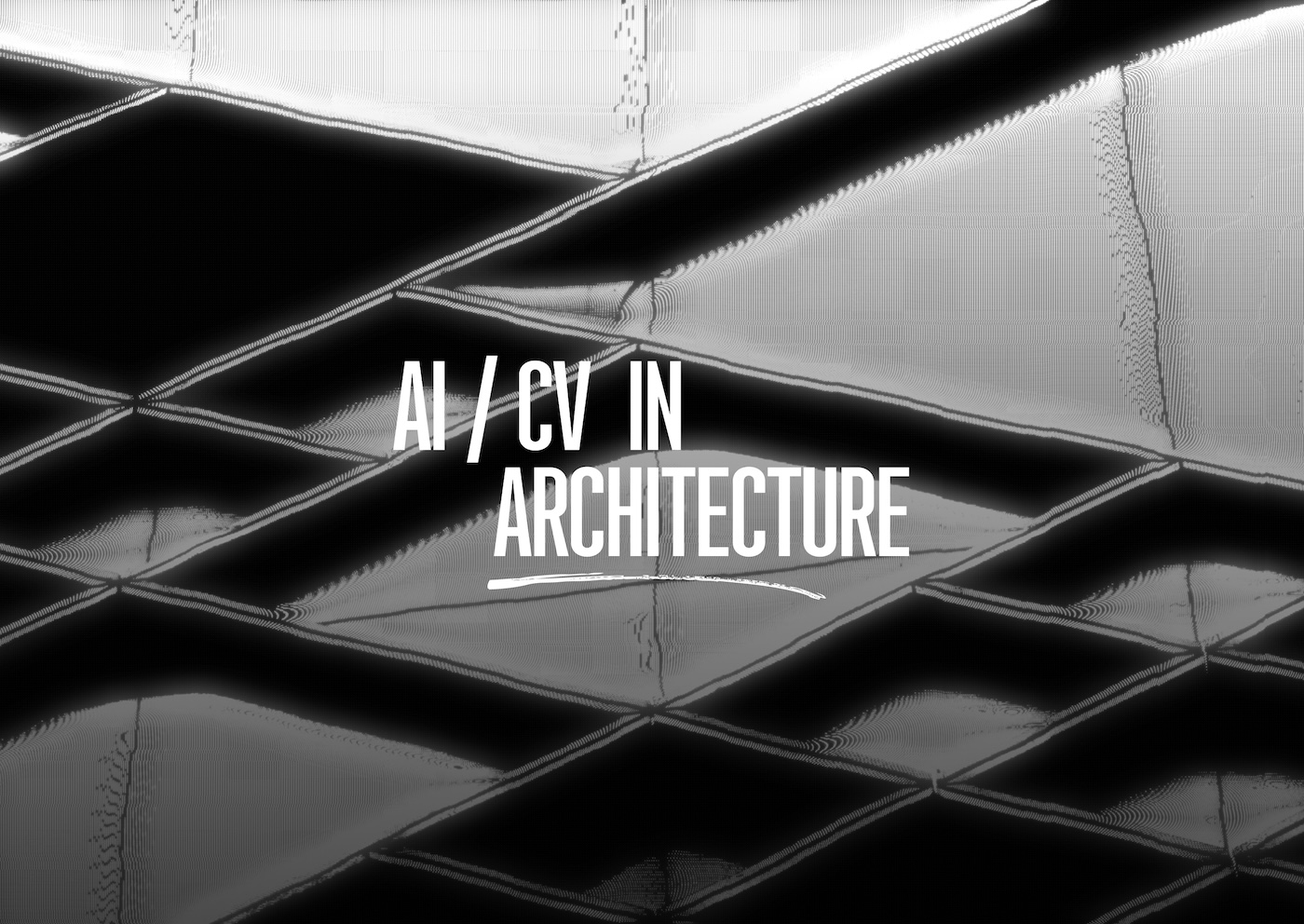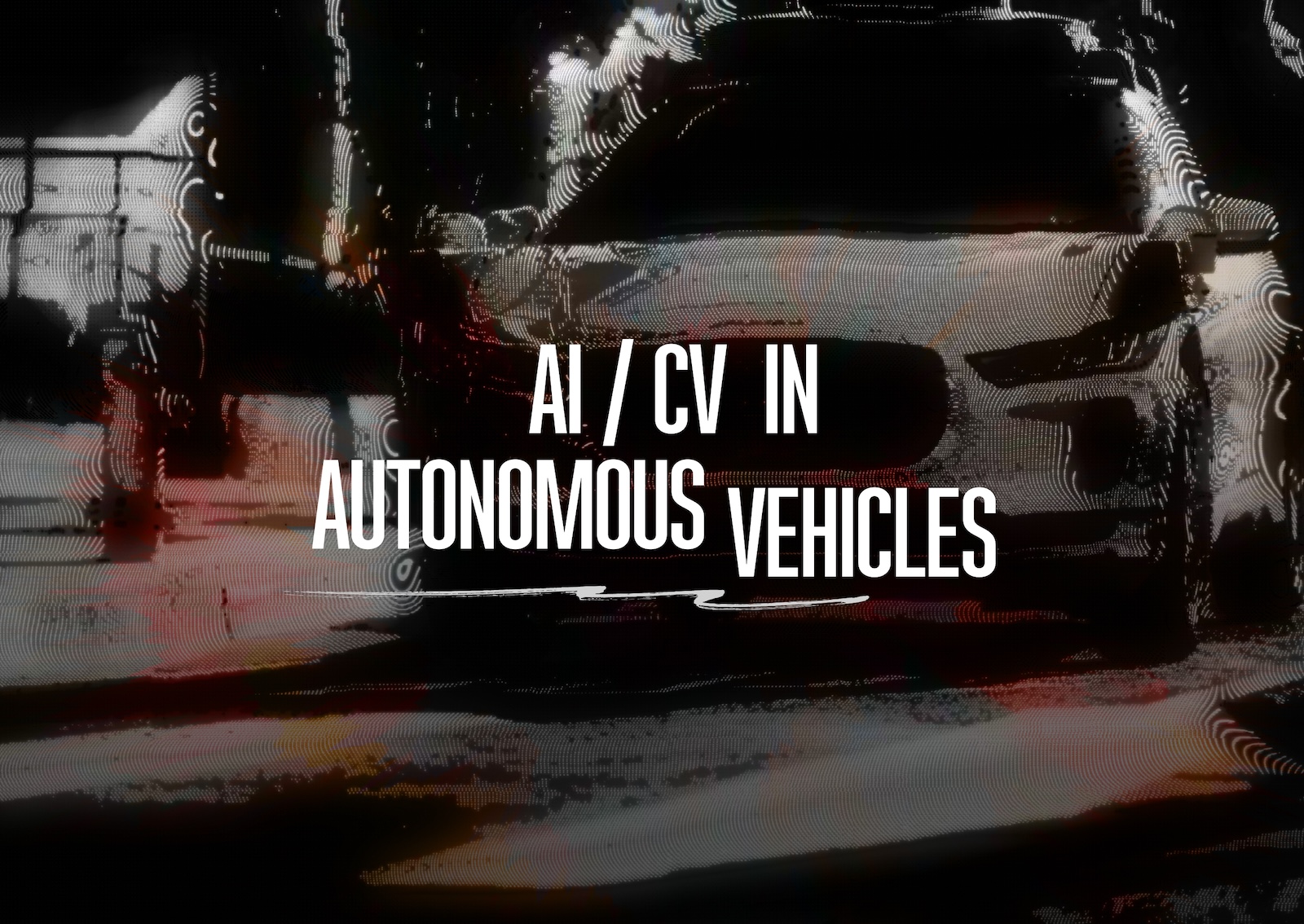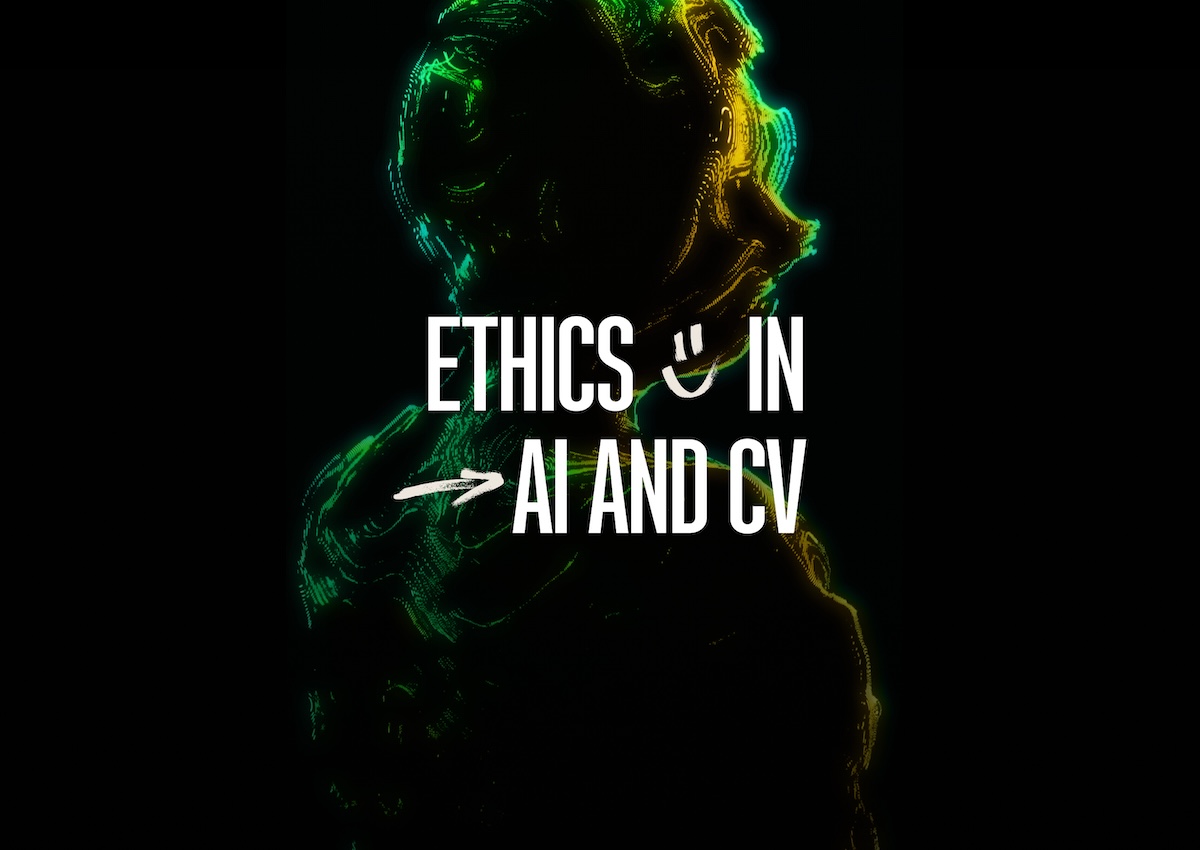
Bounding boxes are not enough anymore (for a majority of tasks)

AI in Architecture

AI in driverless cars


Track every step of the production process, ensuring that your products meet high-quality standards.
You can use binary classification to detect product defects and reduce the amount of defective products.
This will save you time and money and help maintain your company's reputation.

Build multi-class image classification algorithms on Python with OpenCV.ai to go beyond simple yes or no. It helps classify pictures from a wider range of predefined classes. Equipped with multi-class image classification, you can identify plant and crop types, animal species, clothing types, brands, or colors and improve your efficiency.

Such multi-label image classification models can apply multiple relevant labels to a single image.
Use it to help your cameras identify suspicious activity and objects, or speed up listings and targeted marketing with automated tagging capabilities.

Embed a hierarchical image classification model in your processes to simplify complex image datasets, improve search and retrieval, and gain deeper insights. The algorithms will create a well-organized class structure with detailed subcategories and find specific images faster and easier.

Your image library holds a huge potential, and unsupervised deep learning image classification can help you uncover it. It is a great asset to analyze vast collections of photos. Unsupervised classification enables manufacturers to identify anomalies in products, or healthcare workers to uncover patterns in disease and accelerate medical discovery.

If you are struggling to categorize your ever-growing collection of images, supervised 3D image classification is your weapon. We train custom AI models to recognize and classify your images exactly as you need them, enabling healthcare companies to make faster diagnoses, manufacturing companies to improve quality control, e-commerce companies to effortlessly categorize products, and more.

Unlock the power of your visual data with image classification computer vision solutions. Our team’s profound expertise in the domain allows us to address even the most complex challenges and build fit-for-purpose CV solutions to our clients’ benefit. Image classification models, object tracking and detection algorithms, deep learning, and CNN technologies – we will take advantage of all the possible knowledge and tech stack we possess to make sure you get the most out of your budget.














Despite being linked to the popular OpenCV library, our team at OpenCV.ai doesn't limit our work to just this library. We provide AI image classification services to assist our clients in enhancing their business performance through visual intelligence.
There's no single best AI model for image classification, as the optimal choice depends on several factors. These include task specificity (what objects you are classifying), computational resources and their requirements, and a focus on either speed (real-time solutions) or accuracy. The best AI model will be one that is custom-built to meet your needs and business specifics.
Image classification models enable machines to recognize and interpret any objects depicted in images. The technology finds its usage in various applications such as facial recognition, medical image analysis, autonomous vehicles, retail for recognizing products, and surveillance for security purposes. Image classification can also assist in sorting and organizing large collections of photos, making them searchable and accessible.
There's no single best AI model for image classification, as the optimal choice depends on several factors. These include task specificity (what objects you are classifying), computational resources and their requirements, and a focus on either speed (real-time solutions) or accuracy. The best AI model will be one that is custom-built to meet your needs and business specifics.
For example, an AI model can be trained to distinguish between images of cats, dogs, and other animals. Once trained, the model can take an unlabeled image as input and output a classification (a cat or a dog) based on the visual features it has learned. This technology can be applied to a wide range of subjects, from cars to flowers to medical X-rays, and is widely used in the surveillance, manufacturing, and e-commerce industries.
The image classification process involves several key steps. First, you need to collect and preprocess a diverse set of images to ensure that they are properly labeled for training. Next, you select an appropriate model architecture, such as a CNN, and train it on your dataset. After training, it's important to evaluate the model's performance using a separate validation set. Finally, once you're satisfied with the model's accuracy, you can use it to classify new, unseen images.
When it comes to image classification, Convolutional Neural Networks are frequently cited as the best algorithm. CNNs are specifically designed to handle image data using convolutional layers to extract features and patterns within images. Their hierarchical structure allows them to learn complex representations, which makes them highly effective for tasks that involve visual recognition.
Image classification typically consists of the following five stages:
Computer vision is a multidisciplinary field that encompasses both ML and DL. Traditional ML techniques can be applied to simpler computer vision tasks, such as edge detection or simple object recognition. However, DL can learn from large amounts of data and capture complex patterns. As a result, it has become the cornerstone of modern computer vision solutions, especially for more challenging tasks such as image classification and object recognition.
The CNN algorithm is the foundation of computer vision solutions. It is a type of deep neural network that is particularly well-suited for analyzing visual data. CNNs use convolutional layers that can automatically and efficiently extract important features from images, such as edges, textures, and shapes. This makes CNN a powerful tool for tasks such as image classification, where it can learn to distinguish between different objects or categories with high accuracy.



